#nepal trekking tour
Explore tagged Tumblr posts
Text
https://tourinnepal.com/allactivities/trekking-tours/
With experienced guides and seamless arrangements, Tour In Nepal promises an unparalleled trekking experience, where every step becomes a journey of discovery. Choose us for a trekking adventure that captures the spirit of Nepal's majestic mountains.
0 notes
Link
#nepal tour#my trip to nepal#best places to visit in nepal#nepal tour package price#nepal trekking package#Everest Kalapattar Trek#Annapurna Circuit Treks#nepal trekking tour
0 notes
Text
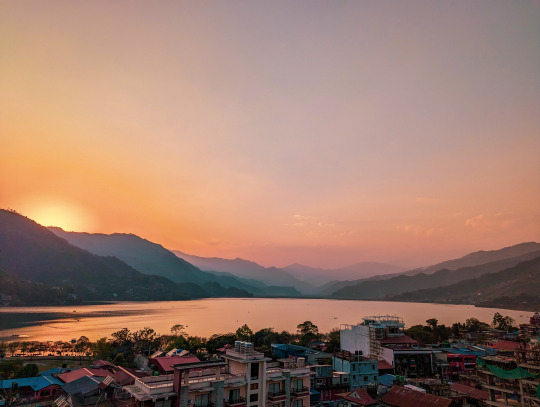
#nepal travel#photography#travel#nature photography#nature#landscape#landscape photography#photographer#nepal tour#nepal trek#pokhara#Asia#asia travel
45 notes
·
View notes
Text
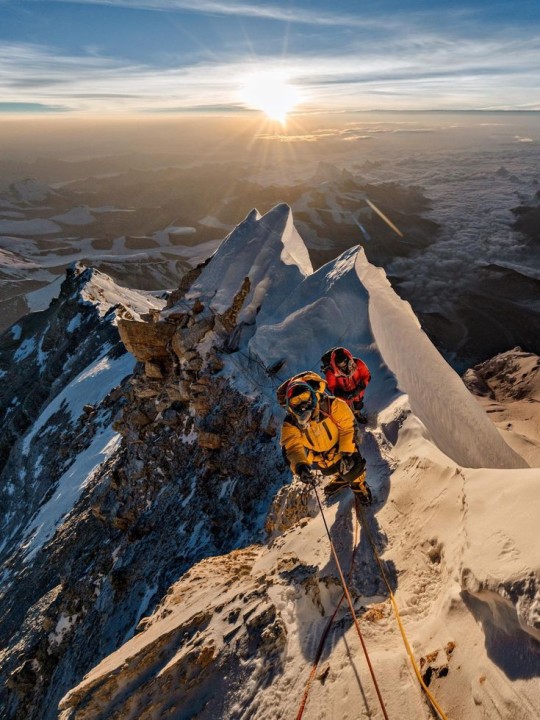
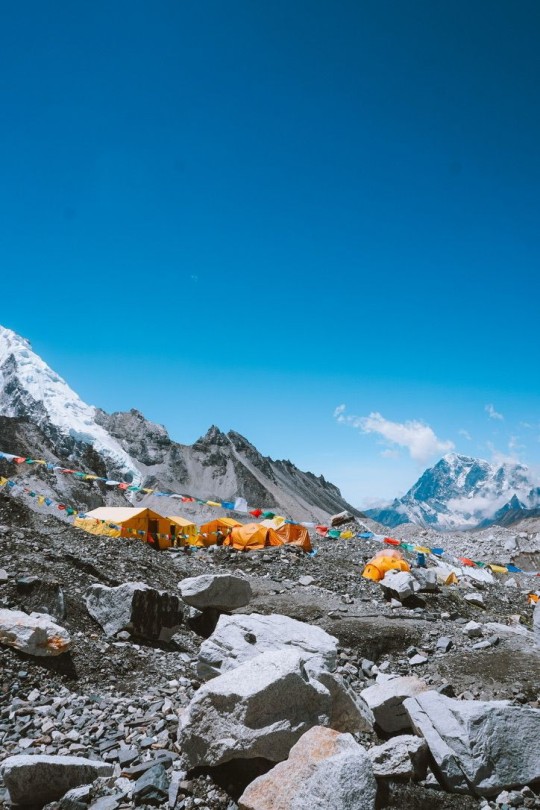
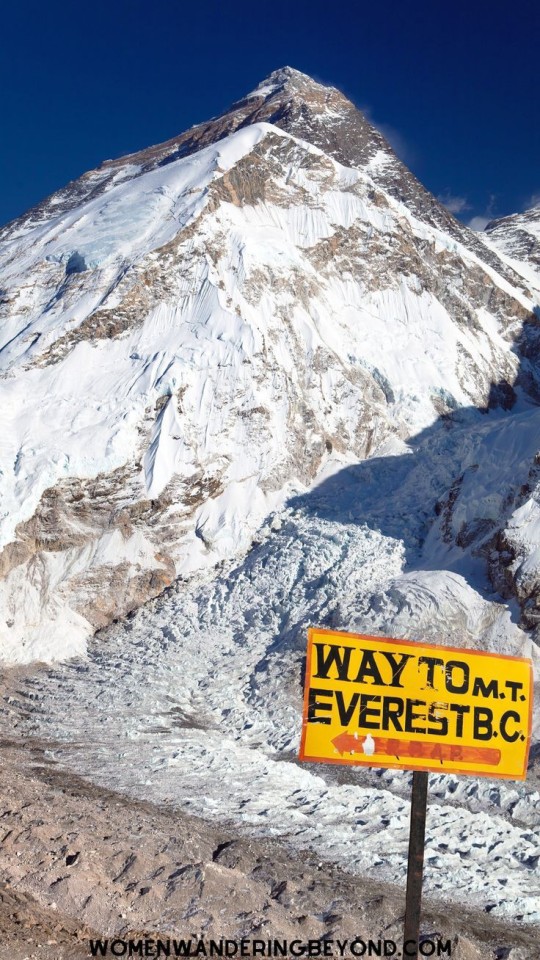
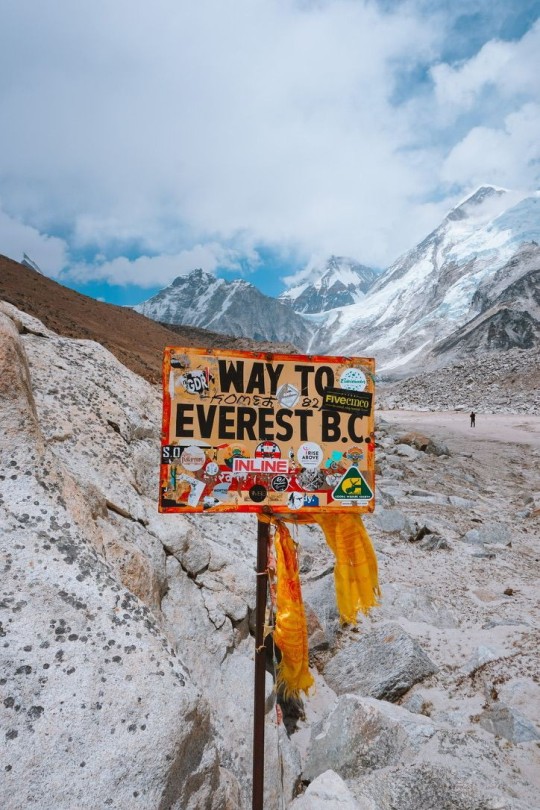

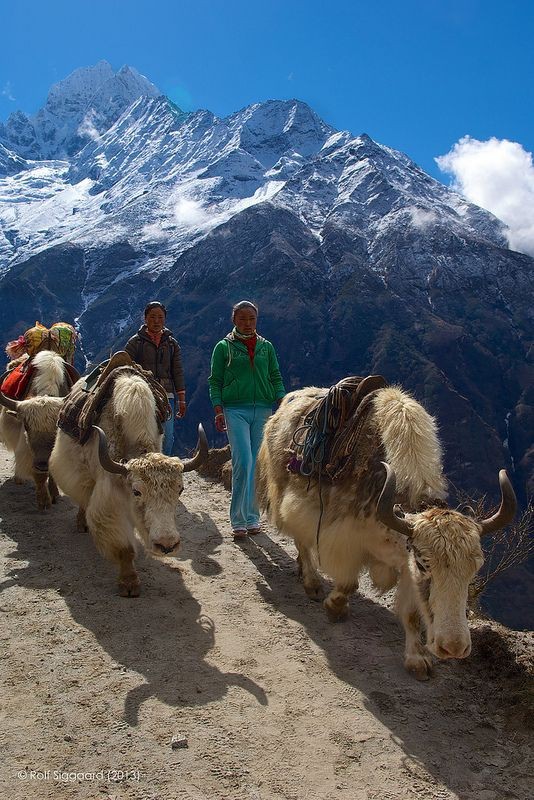
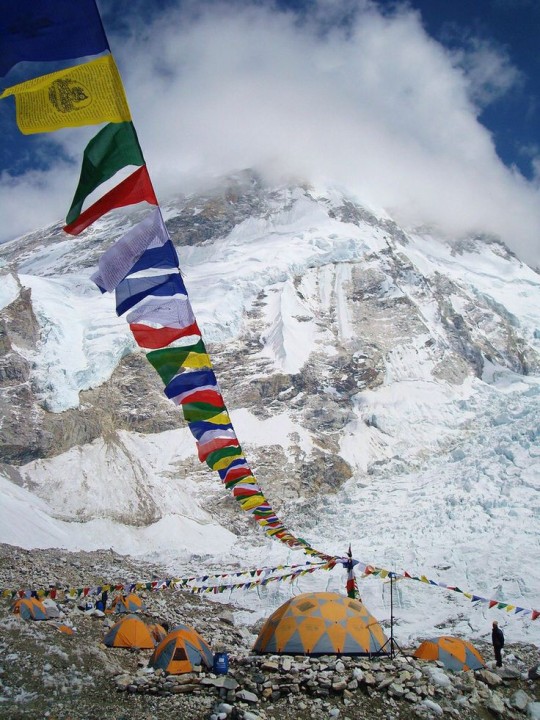
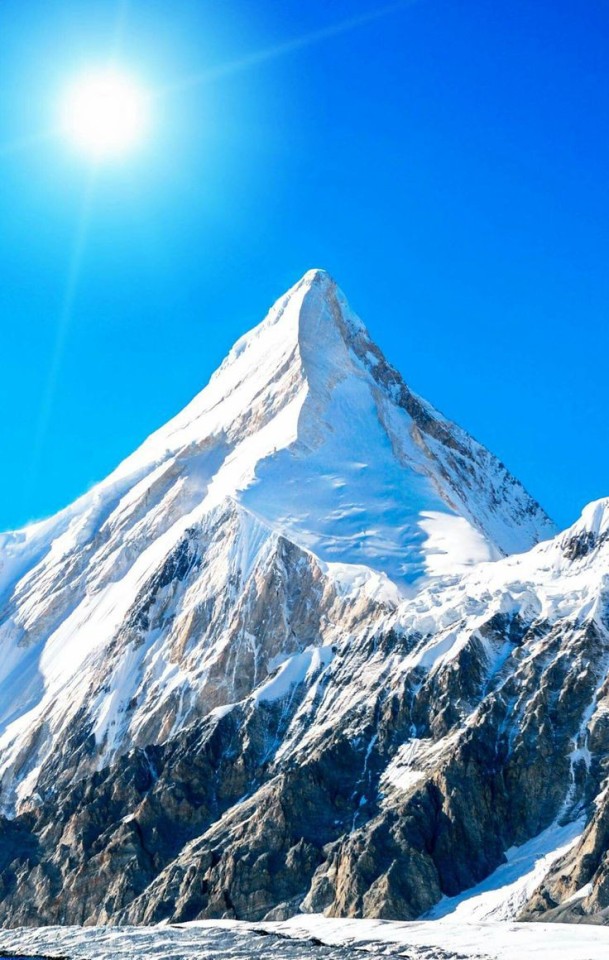

Mt everest, a dream destination.
Pic credit: Pinterest
#mood board#everest moodboard#beautiful moodboard#everest#mountains#trekking#peak of world#base camp#sagarmatha#mountains and it's beauty#snow#dark academia#artists on tumblr#cottagecore#trekking in nepal#nepal tour#nepal travel#pinterest pictures#painting and pictures#pictures from pinterest#paradise#paradise on earth#sky#clouds#mood board of mountains#everest mood board
9 notes
·
View notes
Text




Booking is now open for the Manaslu Circuit Trek 2025/2026!
Let us take you on a 15-day challenging adventure through the stunning landscapes of the Manaslu region, led by our expert local trekking guides who know the trails very well. Let us help you turn your Himalayan dreams into reality with a seamless and unforgettable trekking experience.
Secure your spot soon— and this journey is one you won’t want to miss!
If you are a solo hiker and looking for a joining group and dates you can contact us via:
Email: [email protected]
WhatsApp: +977-9813637616
#travel#trekking in nepal#himalayas#trekking#hiking#adventure#mountains#tours#holidays#manaslucircuittrek
2 notes
·
View notes
Text
#nepal trip#nepal#trekking in nepal#nepal travel#himalayas#travel blog#nepal holiday package#nepal tour
2 notes
·
View notes
Text
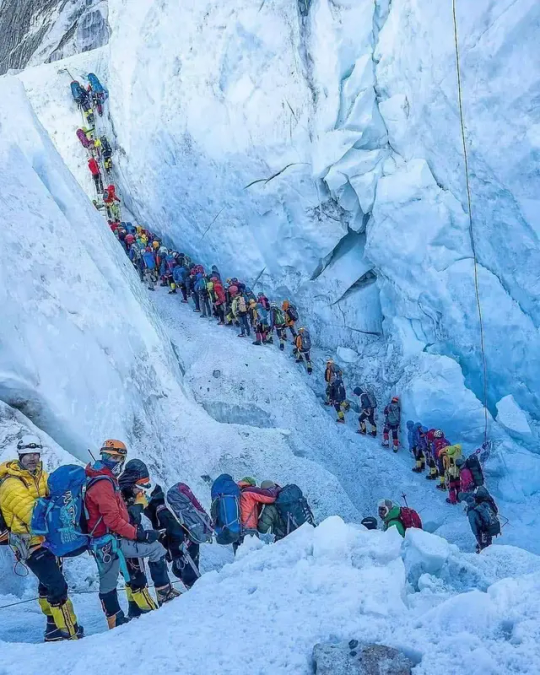
#sightseeing#tour package#traveling#trekking#places#trending#travel photography#himalayas#nepal#travel#trekking in nepal#everest base camp trek#everest base camp helicopter tour#mount everest#mt everest
3 notes
·
View notes
Text
Luxury 2 bedroom American style and pattern apartment for rent modern house plan and setup with pop ceiling lights design very spacious affordable home located at adageorge area of port Harcourt city rivers state Nigeria.
#lagos#abuja#vietnam#wike#bangladesh#nysc#rivers state#nigeria#youtube#portharcourt#Dowen College#XViral#Afe Babalola#Opay#nepal#trekking in nepal#nepali girl#nepal trip#india#morocco#ladakh#nepal tour
2 notes
·
View notes
Text
2 notes
·
View notes
Text
History And Origin of Nepal: A journey through time
Lying right in the middle of the Himalayas between India and China, Nepal is a country that is full of a whole of history. The story it tells is of myths, legends, dynasties, and influences that flowed on the waves of both the Indian subcontinent and the Tibetan plateau. The origin of Nepal seems to be completely intertwined with geographical elements, religion, and cultural heritage. In this blog, one is introduced to the historical journey of Nepal and formation of Himalayas, from its root to the formation of a modern nation.
Mythological Beginnings: Legends of Nepal's Formation
The history of Nepal opens with mythological accounts about the origin. Ancient legends say that Kathmandu Valley was once a huge lake, inclusive of what today is considered the cultural and historical heart of Nepal. According to this, a Buddhist saint called Manjushree, coming from China, saw a lotus flower falling in the middle of the lake and wanted to reach it. At Chobar, he cut a gorge with his sword thereby allowing it to drain the water so that the valley could be habitable. Thus, the fertile land of the Kathmandu Valley came into being. This mythical event is symbolic of the birth of Nepal. Another popular legend describes how the god Vishnu, in the avatar of a boar, or Varaha, raised Nepal out of the waters. These myths said much not only about how the people of Ancient Nepal viewed their land but also revealed the deep religious meaning always permeating Nepalese culture.
Unification of Nepal: The Rise of the Shah Dynasty
Nepal’s political landscape changed dramatically in the 18th century with the rise of Prithvi Narayan Shah, the ruler of the small principality of Gorkha. He embarked on a campaign to unify the various fragmented kingdoms and principalities of the region. After several attempts, Prithvi Narayan Shah successfully conquered the Kathmandu Valley in 1768, marking the beginning of the Shah dynasty and the creation of modern Nepal. Prithvi Narayan Shah's unification campaign laid the foundation for a strong, centralised kingdom. He strategically kept Nepal independent from both the expanding British Empire in India and the Qing Dynasty in China by maintaining a policy of isolation and diplomacy.
The Collision of India and Eurasia: Birth of the Himalayas
Nepal is home to Himalayas: the home to world's highest peaks, including Mt. Everest.The story of the Himalayas really started when the Indian subcontinent, shortly after it broke away from Gondwana around 100 million years ago, began its drift northward. There laid between the Indian plate and the Eurasian plate at that time the Tethys Ocean. In this process, the Indian plate was submerged underneath the Eurasian plate, and it is both slow and powerful. These movements created strong geological forces which pushed up the sedimentary rocks of the Tethys Ocean, hence creating the Himalayan mountain range. The impact of the collision caused the Earth's crust to fold, that formed the towering peaks of the Himalayas. The immense pressure created large thrust faults, which caused the land to rise vertically. Over time, these processes built some of the highest mountains in the world, including Mount Everest (8,848 meters) and Kangchenjunga (8,586 meters), both of which are located in the Nepalese Himalayas.
Geological Zones of the Nepal Himalayas
The Nepalese Himalayas were divided into a number of distinct geological zones, which reflect their complex history of formation. These include the following:
Terai Plains: This is a flat, fertile region situated on the southernmost part of Nepal, marking the northern edge of the Indo-Gangetic plains. They actually were formed by sediments deposited by the rivers flowing down from the Himalayas.
Siwalik Hills: Lying just north of the Terai, Siwalik Hills are the youngest part of the Himalayas that were uplifted about 10 to 20 million years ago. It is a folded and faulted rock area which has been uplifted relatively recently.
3.The Mahabharat Range: This range lies north of Siwalik, much older, loftier, and with steeply descending slopes enclosing profound valleys. Metamorphic and sedimentary rocks common in this region bear the telltale presence of the gradual uplift that has occurred here over millions of years.
4.Lesser Himalayas: This zone lies north of the Mahabharat Range and consists of a series of hills and ridges that rise up to about 4,000 meters. The Lesser Himalayas are made up of older rocks, mainly sedimentary and metamorphic uplifted during the early phase of collision between the Indian and Eurasian plates.
5.Greater Himalayas: Higher or Greater Himalayas forms the central backbone of this mountain and contains all the highest peaks including Mt. Everest and Kangchenjunga. Ancient metamorphic rocks, mainly schist and gneiss, are dominant in this zone, which has undergone extreme heat and pressure for millions of years.
6.Tibetan Plateau: The Tibetan Plateau forms the northern boundary of the Greater Himalayas, and is rightly called the "Roof of the World." This high-altitude plateau, in turn, had been raised as the Indian plate moved northward and was thrust underneath the Eurasian plate.
Thus, the history of Nepal represents a tapestries history with myths, conquests, cultural achievements, and political upheavals. Starting from the mythological beginnings down to its present-day status as a republic.The history of the Himalayas in Nepal is a long geology that has taken millions of years to unfold. From the first collision between the Indian and Eurasian plates to the towering peaks that now define the region, the Himalayas remain a living testimony to the dynamic forces shaping our planet. That spectacle of beauty and grandeur, yet at the same time a grim reminder of the immense power of nature and the precarious balance between the geological processes of Earth and the fragile ecosystems which find life in their shadow. Nepal's journey through history has taken a path no less dramatic than the landscape it inhabits. As the nation continues to grow, its past shapes its future, guided by the aspirations of the people that populate it.
2 notes
·
View notes
Text
youtube
A three-day ritual Tiji (Tenchi festival) celebrated in Upper Mustang (Lo Manthang) has become famous among the foreigners as well. The festival is known as the "chasing of the demons" explained on the Tiji Myth.
#Tiji Festival#Mustang Tiji Festival Tour#Upper Mustang Tiji Festival Trek#Festival Tour in Nepal#upper mustang trekking#festivevibes#Youtube
3 notes
·
View notes
Text
Aarati at Pashupatinath Temple .
#pashupatinath#Pashupatinath Temple#hindu temples#nepal#world heritage site#travel#tour#holiday#vacation#nepal tour#nepal trekking#nepal travel#Aarati#History of Pahupatinath Temple
2 notes
·
View notes
Video
Male and Female Kheni: Ghost Eaters of Kagbeni Village. The "Kheni," also known as the "Ghost Eaters." This tradition involves individuals, typically a male and a female, who are believed to possess the unique ability to communicate with and consume malevolent spirits, thereby protecting the community from harm. The male and female Kheni of Kagbeni Village embody a fascinating aspect of Nepal's cultural and spiritual landscape. Their role as ghost eaters underscores the village's profound connection to the spirit world and the enduring significance of ancient traditions in contemporary society. As guardians against supernatural threats, the Kheni ensure the continuity of Kagbeni's unique cultural narrative, bridging the past with the present and the material with the spiritual. nepalgatewaytrekking.com/mustang-trek

#Upper Mustang Trek guide#Mustang trekking guide#Nepal Culture Tours#Kagbeni#Village#culture#buddhism#religious beliefs
2 notes
·
View notes
Text
Langtang Region Trekking
Nestled in the heart of the Himalayas, the Langtang Region in Nepal is a hidden gem waiting to be discovered by trekkers and nature enthusiasts. This relatively less-visited region offers breathtaking landscapes, rich cultural experiences, and a chance to escape the crowds that flock to more popular trekking destinations like Everest and Annapurna. In this article, we will take you on a journey…

View On WordPress
3 notes
·
View notes
Text
2 notes
·
View notes
Text
Are you searching for the best off-the-beaten hiking trail in Nepal?






Look no further than the Tsum Valley trek, a remote and untouched paradise where few hikers venture, offering unparalleled tranquility and cultural richness.
Book our 14-day Tsum Valley trek in Nepal, guided by our experienced local experts and supported by reliable porters. Discover hidden monasteries, stunning landscapes, and rich cultural heritage in this serene Himalayan paradise.
Book now: https://www.glorioushimalaya.com/trip/tsum-valley-trek/
Contact us via email or WhatsApp for further information.
Email: [email protected] WhatsApp: +977-9813637616
#travel#tsum valley trek#trekking in Nepal#manslu region trek#hiking#adventure#mountains#himalayas#tours#walking tours#multi-day tours
2 notes
·
View notes